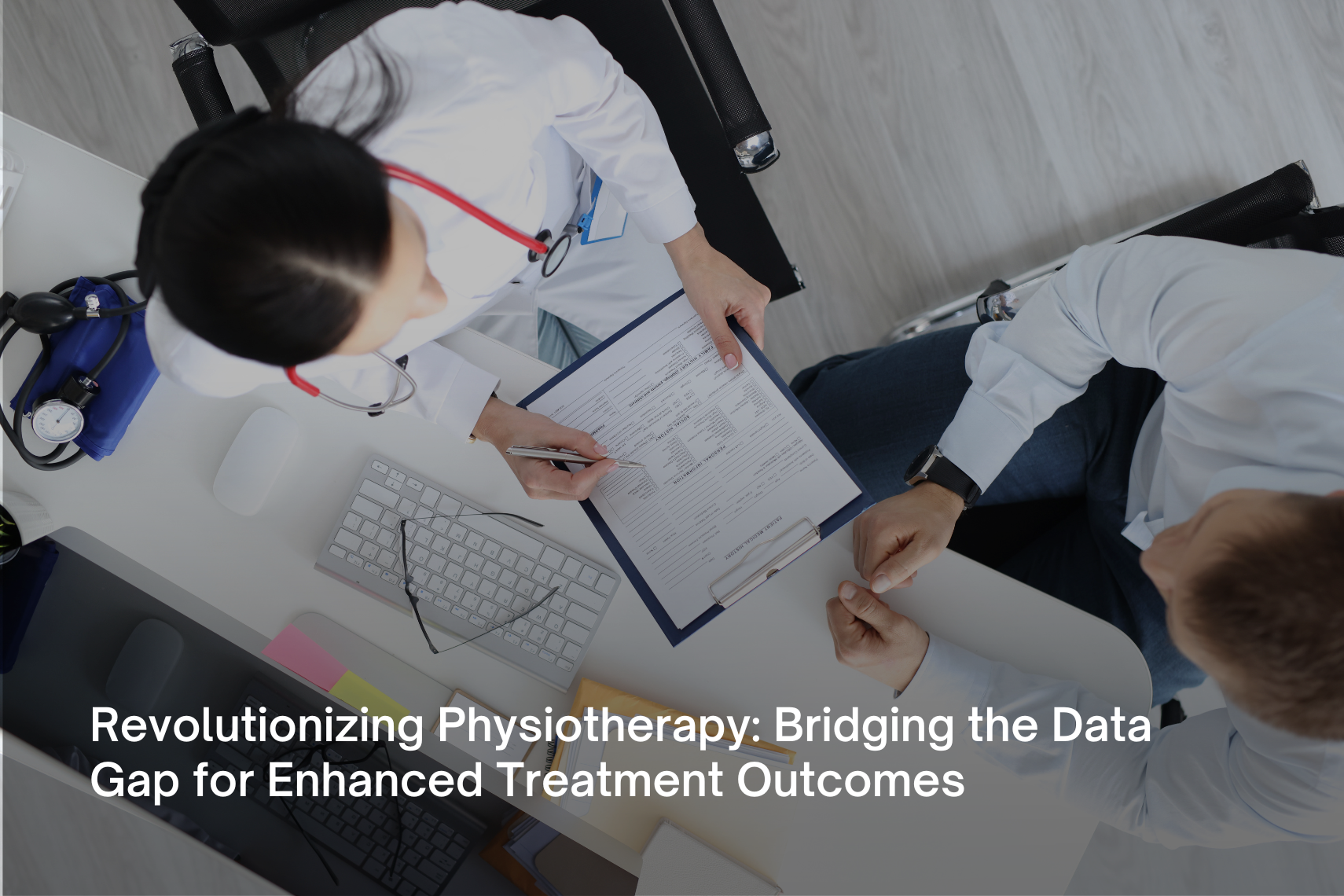
For some industries, numbers often shape narratives. For some, they even form the base of informed decisions! The most obvious example would be engineering – where no math would mean absolute chaos. And yet, the most important of such industries would also include healthcare and by extension, physiotherapy.
Unfortunately, for an industry that’s focused on better attending to people, physiotherapy never really got around to adopting data. Turns out, only 33% of physiotherapists use Electronic Health Records (EHR) for data documentation, and less than 20% of all practices have implemented standardized outcome measures to assess treatment effectiveness!
These numbers are the best representations of how data is sorely lacking in physiotherapy. But what does this mean in terms of quality of treatment? The problem with such outdated documentation measures is that the subjectivity of diagnoses increases, meaning the credibility potentially decreases. If you’re the patient, would you feel most reassured when your physio cites statistics in your diagnosis or without? Most would choose the former.
However, documentation isn’t the only problem. While poor documentation hinders data analysis and projections, most equipment isn’t compatible with the input data or lacks the features to use it more effectively! About 45% of clinics use electronic record systems that lack interoperability and as a result, 60% of physios face issues with patient data retrieval. In simple terms, there is no use in storing data if you simply can’t or don’t know how to use it!
Perhaps, this can be reflective of the fact that physiotherapy is poorly funded, accounting for only 2% of global healthcare funding despite extensively dealing with rehabilitation. This creates a domino effect, where advocating for more resources and technological integration won’t be backed due to limited data on patient populations.
This infers that most data stored in clinics will forever remain in clinics – forgotten and underutilized. There is an acute need for a centralized research database, something other healthcare departments like cardiology and even nursing possess. And while an immediate jump in funding is unlikely, using affordable, ingenious technology that assists in prognosis and progress analysis is a must for clinics.
The leveling up of equipment to better utilize patient data, preferably using trained machine learning models can greatly assist physios in generating a more objective opinion on their patient’s condition.
Products like Fitknees and Fitmust not only fulfill these requirements but are also superior in documentation capabilities. Furnished with constantly updated machine learning algorithms, they process raw data and make the necessary adjustments to make life in clinics easier. All cases where Fitknees or Fitmust is used also get stored in its database for future reference, meaning physios can access that data for differential diagnosis and even research.
For physiotherapy to transition from subjective to objective opinions, it must collect and make more effective use of its data and plans. The whole community needs to make its case for greater funding and collaboration and till then, clinics and physio must advocate for better use of its resources – beginning with the change of its equipment.
